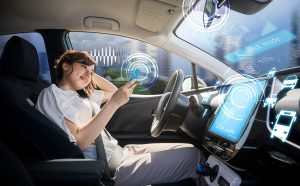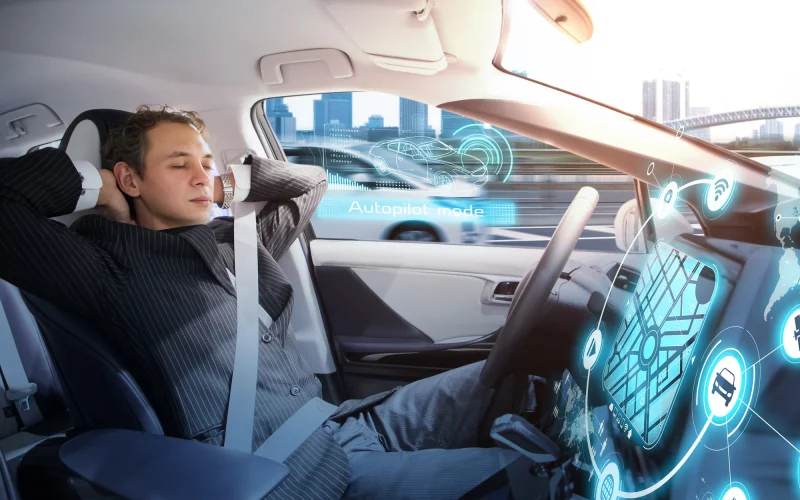Autonomous driving, often referred to as self-driving or driverless technology, represents a revolutionary shift in the transportation industry. This article explores the transformative potential of autonomous driving, its impact on mobility, and the challenges and opportunities it presents.
Introduction
Autonomous driving technology promises to redefine how people and goods move from one place to another. By leveraging advanced sensors, artificial intelligence (AI), and connectivity, autonomous vehicles (AVs) have the potential to enhance safety, efficiency, and accessibility in transportation.

Relevance and Importance
In an era marked by urbanization, congestion, and environmental concerns, autonomous driving emerges as a viable solution to address transportation challenges while shaping the future of mobility.
Technological Advancements
Advancements in key technologies drive the development and deployment of autonomous driving systems, bringing us closer to a future where self-driving vehicles are commonplace on roads worldwide.
Sensor Technologies
Lidar, radar, cameras, and other sensors enable AVs to perceive their surroundings and make real-time decisions, enhancing safety and navigation capabilities.
Artificial Intelligence
Sophisticated AI algorithms process sensor data, interpret complex environments, and execute driving tasks with human-like precision, learning and improving over time.
Applications
Autonomous driving technology finds applications across various sectors, from personal transportation to commercial logistics, with each presenting unique opportunities and challenges.
Personal Mobility
Self-driving cars offer individuals greater freedom and convenience, enabling them to reclaim time spent behind the wheel and potentially reducing the need for private vehicle ownership.
Public Transportation
Autonomous buses and shuttles promise to revolutionize public transit, providing efficient, flexible, and accessible mobility solutions for urban and rural communities alike.
Benefits
The adoption of autonomous driving technology brings forth a multitude of benefits, ranging from improved safety and efficiency to enhanced accessibility and sustainability.
Safety
AVs have the potential to significantly reduce the number of accidents caused by human error, making roads safer for pedestrians, cyclists, and other motorists.
Efficiency
By optimizing route planning, reducing congestion, and minimizing idle time, autonomous vehicles can streamline transportation networks and improve overall traffic flow.
Challenges and Considerations
Despite its promise, the widespread adoption of autonomous driving faces several challenges and considerations that must be addressed to ensure a safe, equitable, and sustainable transition to this new era of mobility.
Regulatory Framework
Developing and implementing comprehensive regulatory frameworks is essential to address safety, liability, privacy, and ethical concerns associated with autonomous driving.
Infrastructure Readiness
Upgrading infrastructure, including roads, signage, and communication systems, is necessary to support the seamless integration of AVs into existing transportation networks.

Future Outlook
The future of autonomous driving is brimming with possibilities, as ongoing research, development, and collaboration pave the way for safer, more efficient, and sustainable mobility solutions.
Industry Collaboration
Collaboration among automotive manufacturers, technology companies, policymakers, and other stakeholders is essential to drive innovation, address challenges, and unlock the full potential of autonomous driving technology.
Socioeconomic Impact
Understanding the socioeconomic implications of autonomous driving, including its effects on employment, accessibility, and urban planning, is crucial for shaping inclusive and equitable mobility solutions.
Conclusion
Autonomous driving represents a paradigm shift in mobility, offering transformative opportunities to enhance safety, efficiency, and accessibility in transportation. By harnessing the power of advanced technologies, fostering collaboration, and addressing key challenges, we can unlock the full potential of autonomous driving and shape a future where mobility is safer, smarter, and more sustainable.










